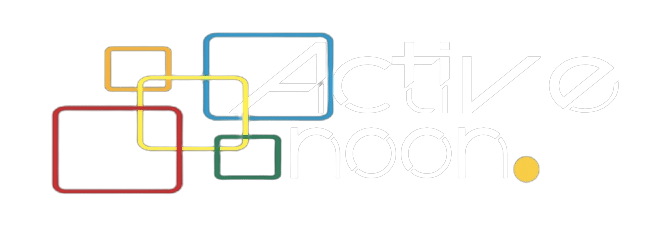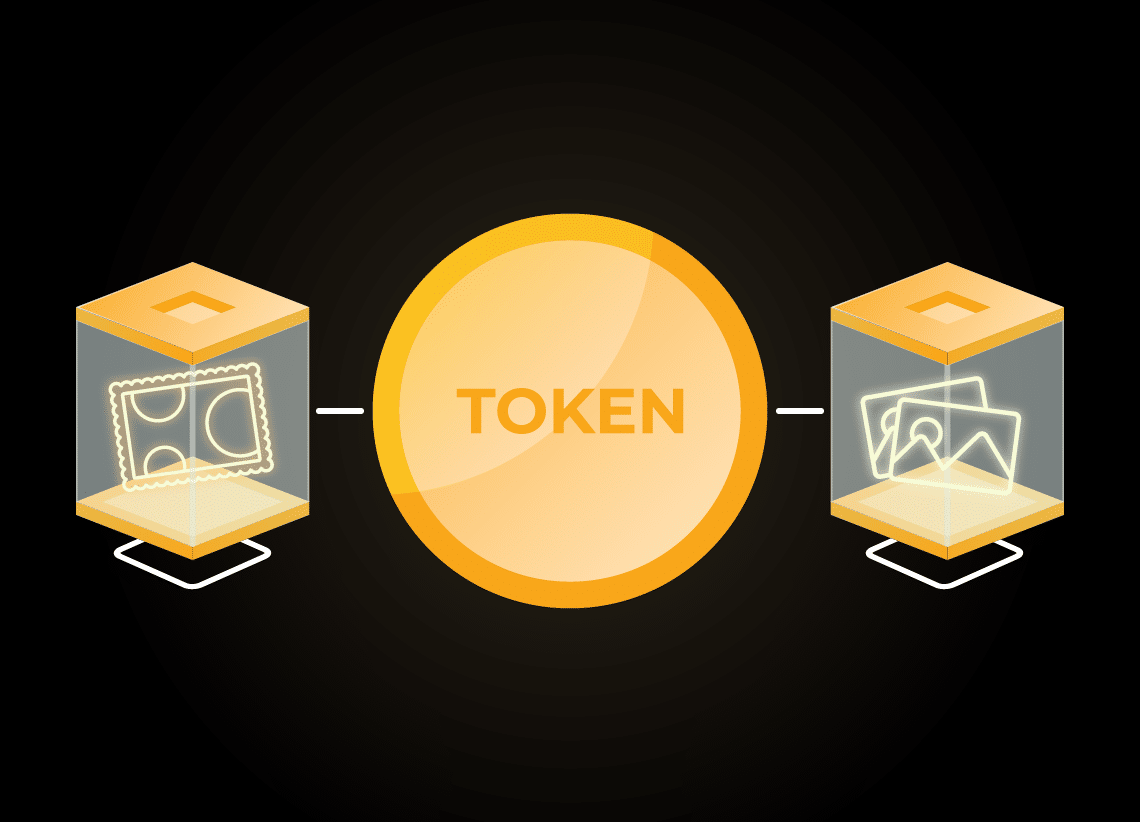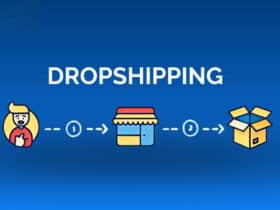Real world asset tokenization has emerged as a transformative trend within financial markets and investment strategies in recent years. This innovation is not simply a passing fad but represents a significant shift in how traditional assets are managed, owned, and transferred. The combination of blockchain technology and financial markets is unlocking new efficiencies and opportunities. But what exactly is driving the accelerating adoption of real world asset tokenization?
This blog explores the key structural, technological, and market-level factors behind this surge. It outlines how real world asset tokenization is modernizing capital flows, improving liquidity, and reshaping asset ownership. Understanding these drivers offers insight into why tokenization is gaining real traction and how it is likely to evolve further.
Understanding Real World Asset Tokenization
Before diving into the drivers, it’s important to clarify what real world asset tokenization means. Simply put, it is the process of representing tangible or financial assets, such as real estate, commodities, or credit instruments, on a blockchain in the form of digital tokens. These tokens are backed by the underlying assets and may enable ownership or investment rights to be divided into smaller, transferable units.
Unlike purely digital assets such as cryptocurrencies, real world asset tokenization links digital tokens to physical or financial assets existing outside the blockchain ecosystem. This fusion creates opportunities for greater accessibility, traceability, and efficiency in asset management.
Structural Drivers Behind the Rise of Real World Asset Tokenization
Several foundational shifts in the financial landscape have set the stage for the growing adoption of real world asset tokenization.
1. Demand for Enhanced Liquidity
Traditional assets like real estate, private equity, and commodities have historically suffered from illiquidity. The process of selling full ownership units is typically slow and inflexible, limiting investor access and liquidity.
Real world asset tokenization addresses this by breaking down large assets into smaller tokenized units, allowing fractional ownership and faster transfers. This fractionalization expands the pool of potential investors, making markets more liquid and efficient.
2. Need for Faster Settlement Cycles
Traditional asset transactions typically involve multiple intermediaries and slow settlement periods. This delay not only ties up capital but also introduces counterparty risks.
Tokenized assets may settle on blockchain networks in near real time or within a few hours, significantly reducing settlement time and operational risks. Faster settlements improve capital efficiency, a crucial factor for investors.
3. Regulatory Evolution and Legal Clarity
One of the key hurdles for real world asset tokenization has been regulatory uncertainty. But that’s starting to change as global regulators are beginning to work on clearer frameworks. For example, Singapore’s central bank is piloting tokenized asset-backed securities. In the UK, the Bank of England and FCA have launched a Digital Securities Sandbox, allowing firms to issue, trade, and settle tokenized securities using DLT in a live environment. These steps are helping reduce compliance risks and build confidence, key drivers of the growing momentum behind real world asset tokenization.
Technological Drivers Accelerating Real World Asset Tokenization
Technological advances play a crucial role in the rise of real world asset tokenization by enhancing security, scalability, and interoperability.
1. Blockchain Maturity and Security
Early blockchain platforms faced issues with scalability, speed, and energy inefficiency. Modern blockchains provide advanced security, faster transaction processing, and lower costs, making them well-suited for high-value asset tokenization.
The immutability of blockchain records also strengthens investor trust by providing clear provenance and ownership history.
2. Smart Contract Automation
Smart contracts are self-executing agreements with the terms directly written into code. They automate critical processes such as payments, dividend distributions, and compliance checks without human intervention.
In the context of real world asset tokenization, smart contracts reduce administrative overhead, lower costs, and minimize errors, driving greater operational efficiency.
Market-Level Drivers Behind the Growth of Real World Asset Tokenization
Beyond structure and technology, market trends also significantly influence the rise of real world asset tokenization.
1. Investor Appetite for Diversification and Access
Investors are increasingly seeking alternative assets and new ways to diversify portfolios. Tokenization expands access to asset classes previously limited by high entry thresholds or geographic barriers.
For example, tokenized real estate or commodity investments allow investors to allocate capital with greater flexibility and control, attracting a wider pool of participants.
2. Capital Flow Modernization
The global capital markets are undergoing a digital transformation. Real world asset tokenization fits naturally into this modernization by providing digital-native mechanisms for ownership, transfer, and financing.
Tokenized assets may be traded 24/7 on digital marketplaces, bypassing traditional market hours and geographic restrictions. This innovation can support more efficient capital allocation and better price discovery.
3. Demand for Compliance
With rising concerns over governance, anti-money laundering (AML), and know-your-customer (KYC) compliance, investors and regulators demand greater clarity.
Tokenized assets offer auditable blockchain records that can verify ownership and transaction history instantly. This feature enhances regulatory compliance and investor confidence, making tokenization more attractive in regulated markets.
Real World Asset Tokenization in Practice: Key Applications Today
Here’s where real world asset tokenization is currently being applied:
- Credit Markets: Tokenizing debt instruments enables fractional ownership, faster issuance, and secondary trading.
- Real Estate: Fractional token ownership opens new investment opportunities and liquidity options.
- Commodities: Tokenized gold, oil, and agricultural products allow digital trading of physical goods.
These applications underscore how real world asset tokenization bridges the gap between traditional finance and digital innovation.
Tokenized Assets: Moving from Hype to Reality
The rise of real world asset tokenization is driven by structural shifts, advancing technology, and evolving market needs. Greater demand for liquidity, faster settlements, and increasing regulatory clarity are making tokenization an increasingly viable option. As blockchain networks mature and smart contracts streamline processes, real assets can now be digitized with efficiency and trust. This shift is laying the groundwork for a more accessible and modern financial system.
Technology partners like rootVX are enabling this shift by offering an end-to-end tokenization ecosystem — from converting assets into secure digital tokens and supporting fractionalization, to providing access to distribution networks and value-added service providers.
Related: How to Leverage Financial News for Share Market Insights
Disclaimer: The information provided in this article is solely the author’s opinion and not investment advice – it is provided for educational purposes only. By using this, you agree that the information does not constitute any investment or financial instructions. Do conduct your own research and reach out to financial advisors before making any investment decisions.


















Active Noon Media is the largest local to national digital media website that represents the voice of the entire nation.